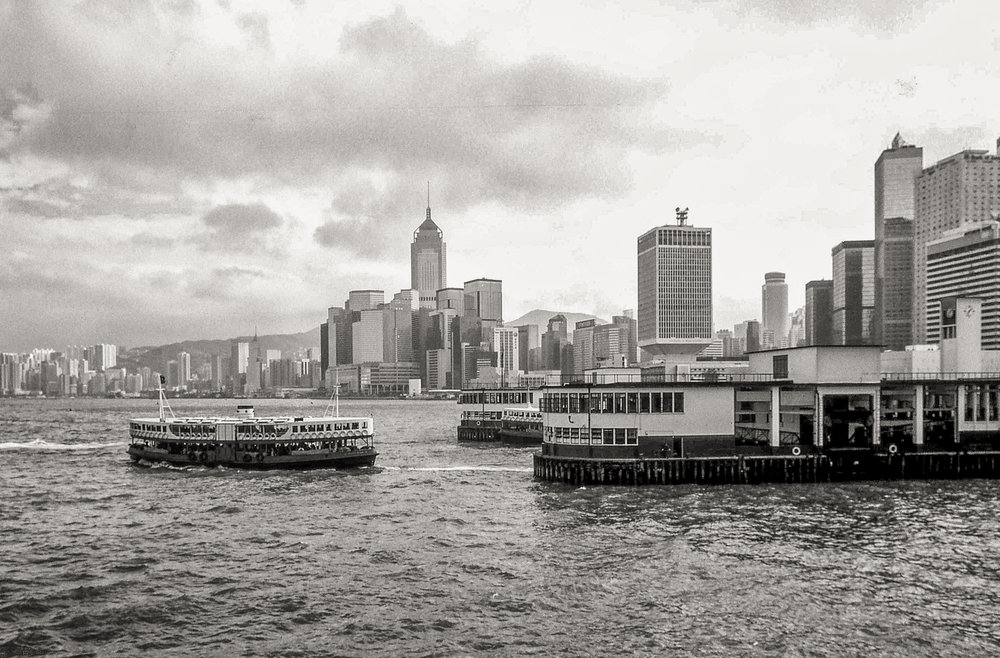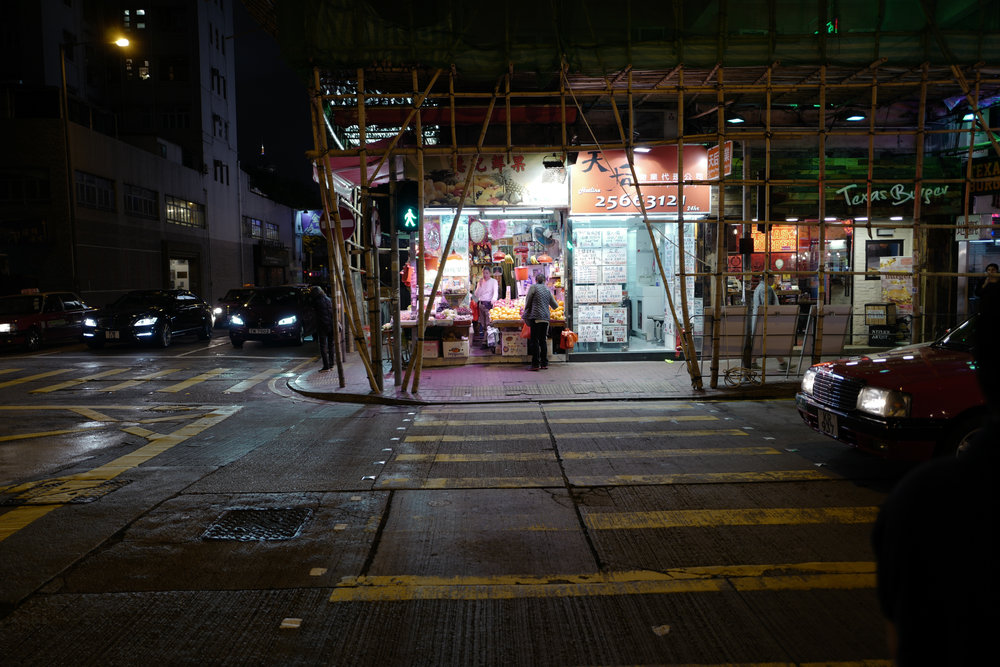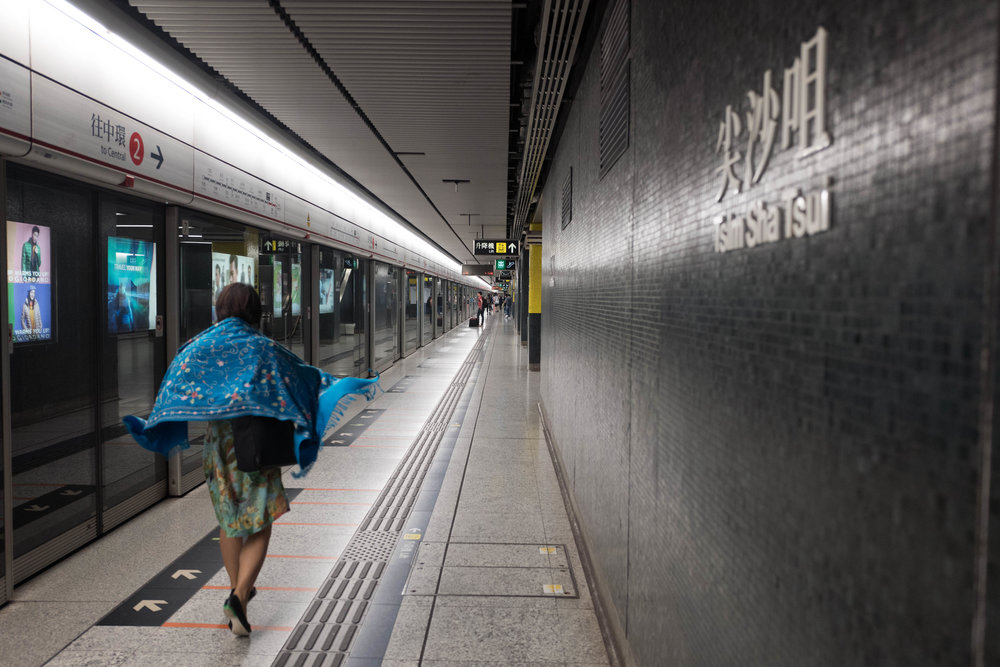
I first went to Hong Kong on a business trip back in 1974. It was in August-typhoon season and I was marooned for a few days in my hotel whilst a typhoon swept through. I remember Hong Kong from that time as a very exciting place. It was literally where east met west. It was exotic. The amazing flight path approach to the airport set the scene. The streets seethed with activity — hand-pulled carts and British cars and vans and traders everywhere. The British ran the place — they handed it back to China in 1997 — back then it was the British Crown Colony of Hong Kong, a British-administered territory on the underbelly of China. The population then was 4.2m whereas today it is over seven million.
The colonial buildings and commercial centre on Hong Kong Island had their own space. But away from that golden heart and the prosperous enclaves around Stanley and The Peak, it was a shabby, crowded and dirty place. At the Star Ferry terminal on the Island side there was a line of rickshaw drivers waiting to take workers to their offices. These were not tourist rickshaws but man-powered taxis. There were barrows and carts everywhere and people in conical hats.
The colonial administrators and senior managers and directors — European and Chinese — from the banks and big trading houses lunched at the Hong Kong Club. I ate there once and it was like something out of Downton Abbey with silver service, Chinese waiters in white jackets, roast beef on a trolley carved at the table and served with Yorkshire pudding. This was for lunch in a very hot and humid place.
The harbour was full of sampans and junks and around in Aberdeen Harbour on the island was an enormous floating city of junks. There were British warships in the harbour and policemen in British police uniforms and red pillar boxes and phone boxes. Most of the cars, vans and taxis were British although the Japanese car invasion was getting underway. There were many expats in Hong Kong in 1974, predominantly British but with a good smattering of Australians and Americans and assorted Europeans.
Kowloon, the mainland side of the harbour, was full of filthy, overcrowded tenements. Washing was hanging everywhere. The streets were full of hawkers and hustlers and there was an all-pervading smell of food cooking and joss sticks burning and the unique Hong Kong smell ingredient. The back streets were full of markets and seedy places and crime was a big problem — some tenements in Kowloon were “no go “areas for the police. The main shopping street in Kowloon, Nathan Road, was full of “duty free” shops (although they never had any duty in Hong Kong) selling cameras and watches at what were then rock-bottom prices. It was also teeming with Indian tailors touting their ability to knock you up a suit in a day.
Since that visit I have been back to Hong Kong many times and I have seen it change over the years. But when I visited two weeks ago I was surprised how much it had changed in four years since my previous visit. Hong Kong is rapidly becoming just another big Chinese city. The mainland Chinese sinification of Hong Kong is proceeding very rapidly. Forget the Chinese pledge at the time of the British handover to maintain two systems. Now they are even talking about changing British place names such as Victoria Park and taking down colonial-era statues. Surely it is only a matter of time before Victoria Harbour becomes Xi Jiping Harbour. Locals tell me the vibe/feel of the city has changed markedly.

Other changes are inevitable. Many of the tiny shops such as the ones above are disappearing fast to be replaced by modern shops. Supermarkets are replacing street stalls. The wonderful Star Ferries which once were the sole means of crossing from Hong Kong Island to Kowloon have long been replaced by three road tunnel crossings and the MTR — one of the most efficient mass transit systems in the world — although the ferries still linger on as a tourist attraction.

Landfill has reduced the width of the harbour significantly and the high rises just keep on rising. The British expats who once ran the administration have all gone and so have most of the expat bankers and financiers and the expat directors of the old trading houses and shipping lines. Kai Tak airport — probably the world’s most dangerous — has gone and has been replaced by the superb new airport on Lamma Island. Kai Tak was allowed to run down completely at the end of its life but I always remember it as being overcrowded, dingy and dirty even in 1974. The old airport was replaced by the new airport in 1998 and it is now the busiest airport in the world. Soon to be completed will be the world’s longest road bridge connecting Hong Kong to Macau and then the Macau ferries will be gone too.
Some things never change. The bustle I observed back in 1974 is still there — even more so — but now stand on the street in central Hong Kong and play spot the westerner. It is the Asian century.
Back in 1974 I took a camera with me on that first visit to Hong Kong but sadly I took very few photos. I did not have my eye in in those days and I am sure that I did not appreciate that what I was seeing would change so much.
____________
- You can find more from John Shingleton at The Rolling Road and on on Instagram at therollingroad.

In my experience, I invariably feel sad after revisiting a well-known place with historic memories which has undergone such a radical transformation. The world changes. But at times I would rather live with my memories given a choice.
An interesting comparison, John.
It’s a tale of lost variety, lost difference, and the erosion of a former way of life. And that is sad, whatever the oddity of the previous set-up. It’s happening all over the world, and I like your particular take on it, John. As always – even though you limit us to two pictures – I’m fascinated by the way you go in with your wide angle and pull out really interesting and coherent images.
Thanks John for a fascinating article which brought back memories of my one trip there in 2010.